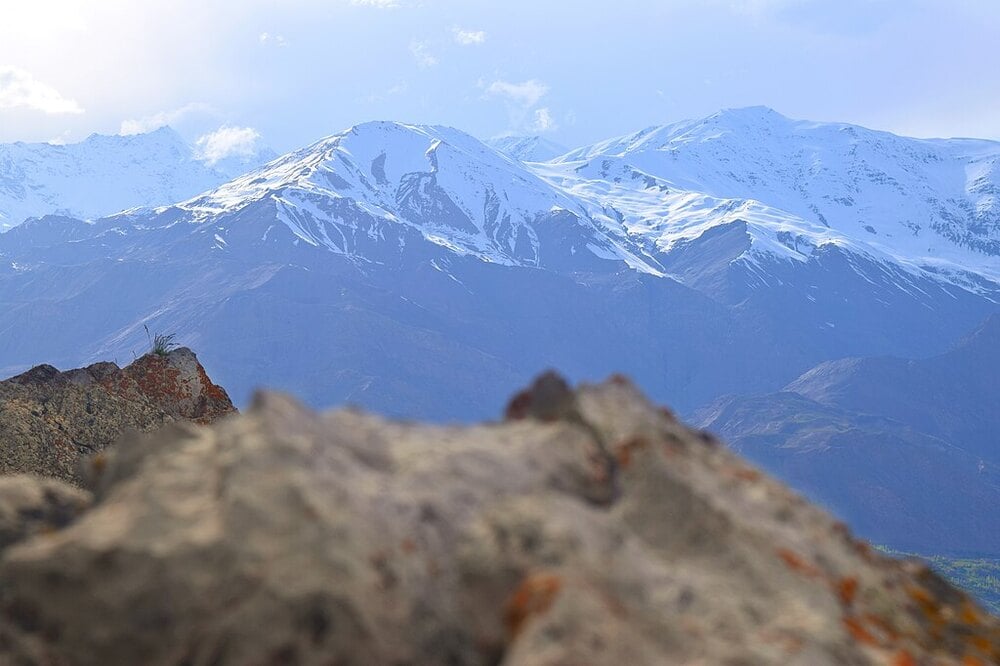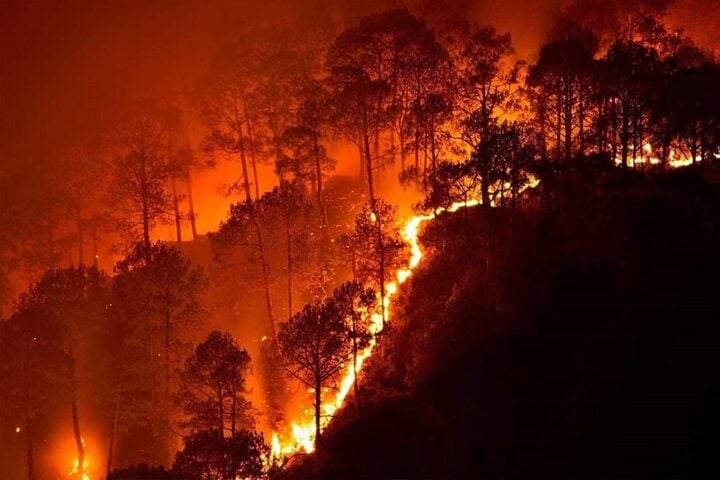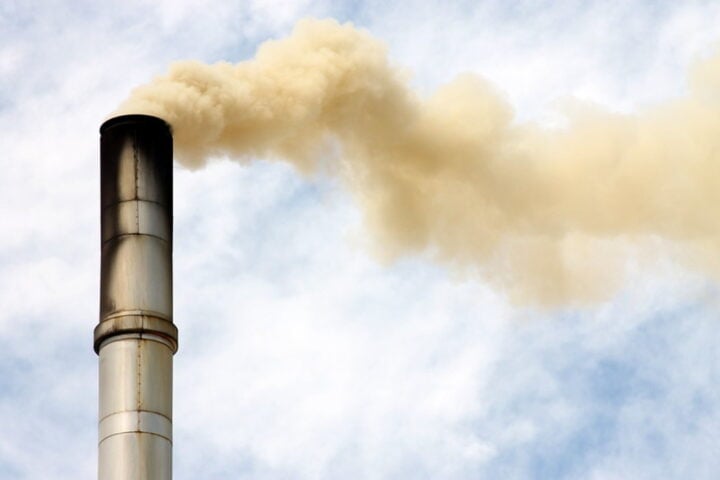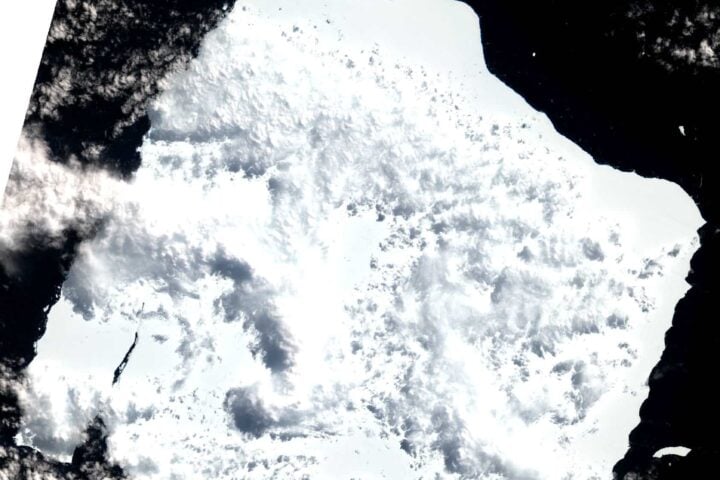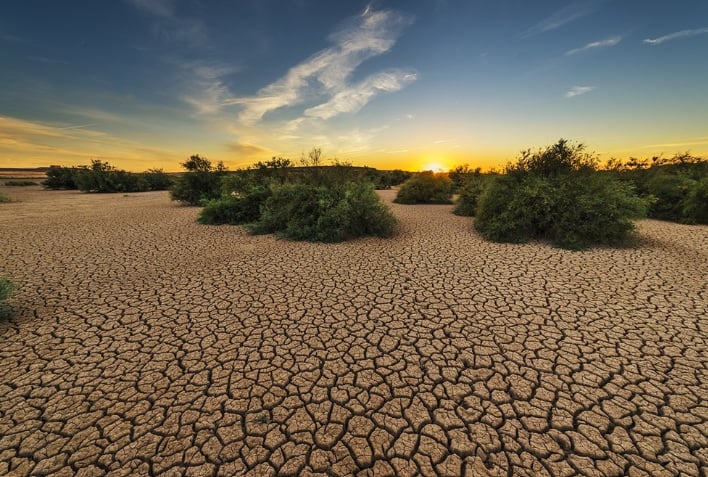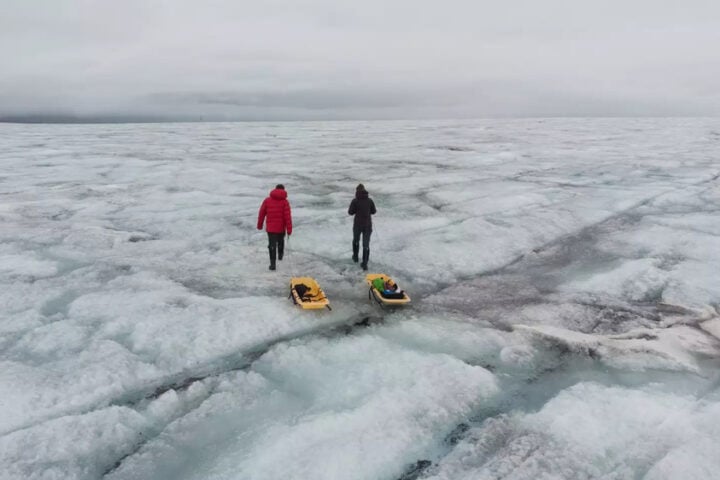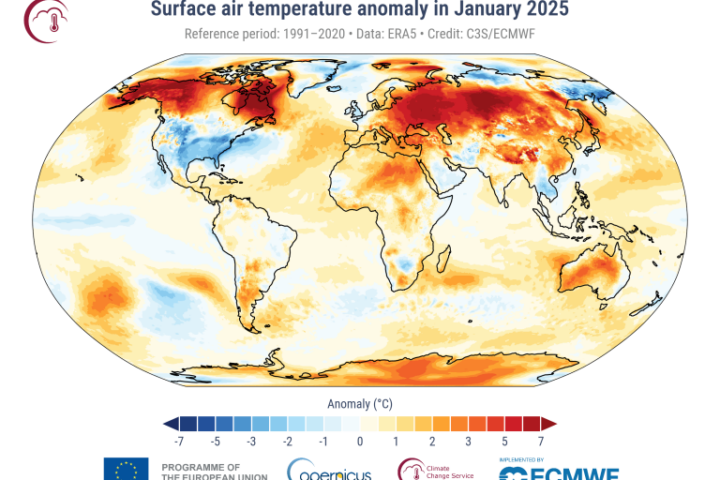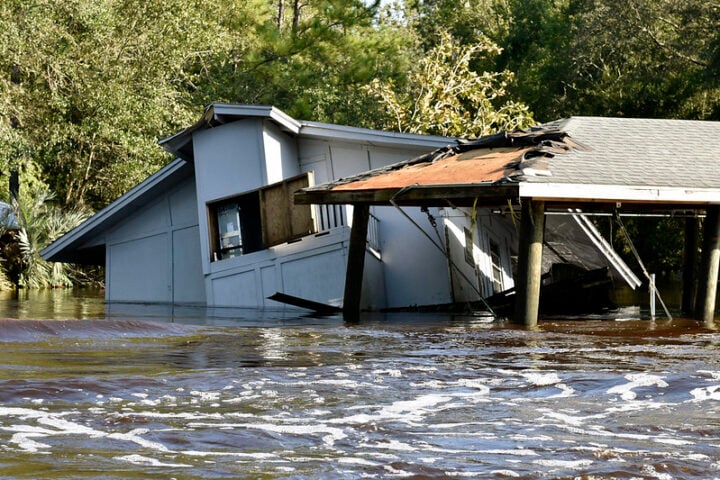The Hindu Kush Himalayan region has recorded its lowest snow persistence in 23 years, raising serious concerns about water security across Asia. This marks the third consecutive year of below-normal snowfall in the mountains that provide critical water resources to nearly two billion people.
Snow persistence—how long snow remains on the ground after falling—was 23.6% below normal during the 2024-2025 winter season, according to the 2025 Snow Update Report by the International Centre for Integrated Mountain Development (ICIMOD). This deficit threatens water supplies across 12 major river basins that originate in these mountains.
“This is an alarming trend,” says ICIMOD scientist Sher Muhammad. “We are observing such deficit situations occurring in continuous succession.”
The crisis varies across river basins. The Mekong and Salween basins face the most severe situations, with snow persistence more than 50% below normal. Other major waterways showing significant deficits include the Tibetan Plateau (-29.1%), Brahmaputra (-27.9%), Yangtze (-26.3%), and Ganges (-24.1%).
Even the western basins like Amu Darya (-18.8%) and Indus (-16.0%), which typically have more snow, are experiencing concerning declines.
For the Ganges basin alone, this threatens water security for about 43% of India’s population. Similarly, reduced snow in the Brahmaputra basin puts approximately 130 million people at risk.
Winter conditions this season were unusually dry. “Normally, winter season snowfalls start in October/November but this year, winter remained quite dry and snowfall only started late in January,” Muhammad explained. Climate change has weakened jet streams and other atmospheric circulations that bring snow to the region.
Similar Posts
“Due to the changing climate, jet stream and other large-scale atmospheric circulations are weakening, which can disrupt the usual patterns of snowfall and snow season,” Muhammad explained.
The snow deficits will likely cause lower river flows, especially during early summer when seasonal snowmelt contributes a significant portion of annual river flow. This reduction threatens drinking water supplies, agriculture, hydropower generation, and overall ecosystem health.
As surface water becomes scarcer, communities will likely increase groundwater extraction, potentially leading to aquifer depletion. The combined factors of reduced snowmelt and below-normal spring precipitation also increase drought risk across the region.
ICIMOD Director General Pema Gyamtsho warned that “carbon emissions have already locked in an irreversible course of recurrent snow anomalies in the HKH.”

The organization is urging the eight member countries—Afghanistan, Bangladesh, Bhutan, China, India, Myanmar, Nepal, and Pakistan—to develop improved water management systems, strengthen drought preparedness, implement better early warning systems, and enhance regional cooperation.
Several countries have already issued drought warnings, with upcoming harvests and water access at risk for populations already experiencing longer, hotter, and more frequent heat waves.
The Hindu Kush Himalayan range stretches from Afghanistan to Myanmar and holds the largest reserves of ice and snow outside the Arctic and Antarctica. The United Nations reports that Asia is the region most affected by climate-related disasters, with five of the past six years seeing the most rapid glacier retreat on record.
